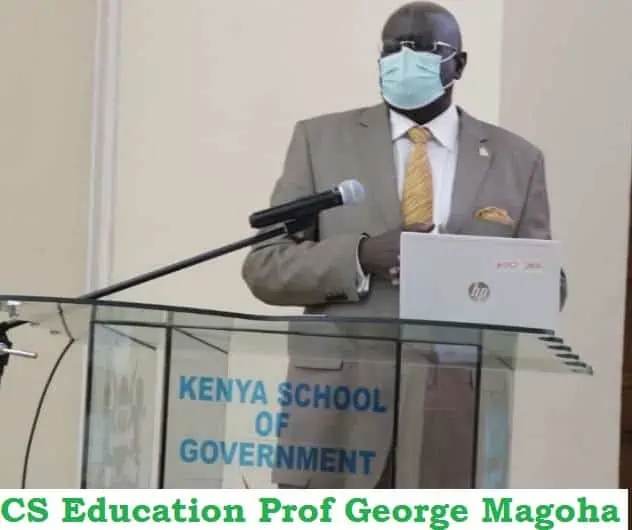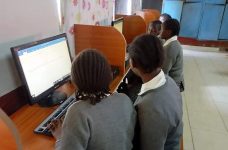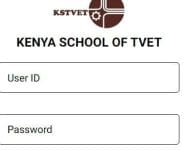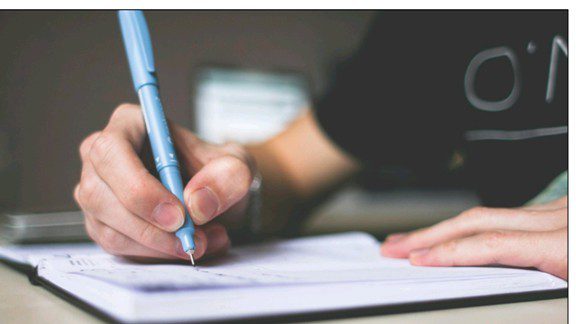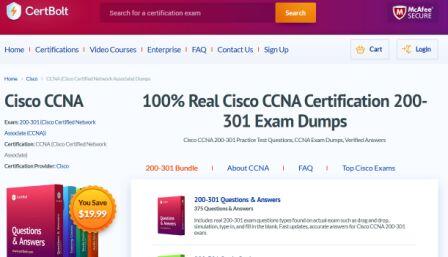The Ministry of Education has released the final guidelines for reopening of all learning institutions; during the current covid-19 pandemic. The guidelines have been given so as to protect learners, teachers and staff at learning institutions from contracting the disease.
The Ministry has documented what must be done before and after schools are reopened.
FINAL COVID 19 GUIDELINES ON HEALTH AND SAFETY PROTOCOLS FOR REOPENING OF BASIC EDUCATION INSTITUTIONS.
Introduction
The Government of Kenya announced the closure of all schools and learning institutions on March 15, 2020, as part of the measures to control the spread of COVID-19. The Ministry of Education developed Kenya Basic Education COVID-19 Emergency Response Plan, 2020.
The Education COVID 19 response committee that was inaugurated on 12th May 2020 recommended the following:
- Gradual safe reopening of learning institutions
- Staggered and in shifts where applicable
- Priority be accorded to finalist and examination classes
Reopening process at a glance
Prior to Reopening
Prepare critical policies, procedures and financing plans needed to improve schooling, with a focus on safe operations, including strengthening blended learning , communication to stakeholders building capacity of relevant teams.
Part of Reopening process
Adopt proactive approaches to reopening and to reintegrate most vulnerable children in order to pick up quickly in education system. Invest in infrastructure of all buildings for social distance, well ventilated, water, sanitation and hygiene to mitigate risks, and focus on remedial education to compensate for lost instructional time.
Minimum requirements that must be met before reopening.
Safe reopening in consideration of :
- Ministry of Health expert advice,
- Social distancing in the commonly shared areas –infrastructure ( classrooms, dormitory, dinning halls, water points , toilets, assembly grounds)
- Adequate clean running water,
- Adequate and appropriate handwashing facilities at proximity of users,
- Provision of adequate liquid soap,
- Hand sanitizers to be used under supervision of an adult where water and soap is not available,
- Use of face masks or face shield by learners and staff,
- Thermo- guns for daily temperature monitoring and record keeping,
- Supply of cleaning detergents and disinfectants ,
- Re-organization of institution programmes to avoid congestion of learners and staff in one place ,
- Referral systems for the provision of mental health and psychosocial support for learners / trainees and staff ,
- Ensuring continued learning to all cohorts,
- Establishing surveillance mechanisms.
- Capacity build key stakeholders on public health and hygiene protocols to ensure compliance,
Guidelines and Protocols for Reopening
- Frequent cleaning and disinfecting of commonly touched surfaces ( stair rails, door knobs, switches, desk tops),
- Health and hygiene protocols( sneezing to the elbow, not touching the face, no handshake and hugging),
- No gatherings,
- Frequent and proper washing of hands/ sanitizing,
- Learner transport to consider all hygiene protocols in accordance with the Legal Notice No. 50 on transport,
- Designated routes to classes; multiple entrances,
- No sharing of personal items and equipment (pencils, books, shoes, clothes, beddings, utensils),
- Frequent and thorough cleaning of institution buildings,
- Safe waste management procedures,
- Communication on key COVID-19 messages,
- Capacity development of relevant teams,
- Support to teachers and non-teaching staff,
- Blended learning,
- The role of school management in prevention and response to COVID 19,
- Mental health and psychosocial support to learners and staff,
- Health, safety and well being of learners and staff,
- Parental engagement and community involvement,
- What to do when a case of COVID 19 is detected in a learning institution,
- What to do in case of institution closure,
- Establish surveillance mechanism,
- National Emergency and Response Committee,
- County multi –agency rapid response team,
- Sub county response committee,
- School clusters of 10 where applicable,
- Institutional response committee,
- A health facility within 10kms,
- An equipped sickbay/room for temporary isolation incase of COVID 19 case,
- Weekly progress report/feedback,
- Strengthen guidance and counselling and spiritual services,
- Risk assessment analysis on facilities and human resource,
- Assessment on institutional preparedness to reopen,
- Continuous monitoring of health indicators and effectiveness of measures to ensure continued learning,
Training Modules
Training Modules have been developed for specific categories of stakeholders on their role in curbing the spread of the virus while ensuring continued learning as follows:
- Learners
- Education Officials
- Teachers
- Non-teaching staff, parents/ guardians/ caregivers, chaplain’s, entire communities
- Boards of Governance (Heads of Institutions, BOMs, PAs)
